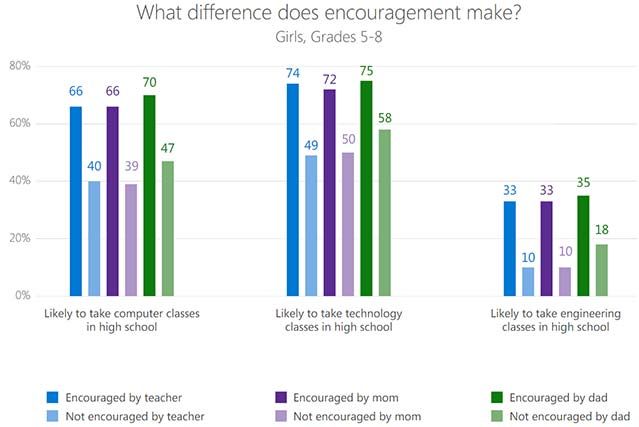“And when you forget yourself, you see everything else”
-Jerry Garcia
“And when you forget yourself, you see everything else”
-Jerry Garcia
Volocopter, an electric air taxi startup backed by Daimler, had its urban flight debut during a presentation at the Mercedes-Benz Museum in Stuttgart.
We previously reported on Volocopter in 2017 when they received a €25 million ($30 million) investment led by Daimler, Mercedes-Benz’s parent company, and a few other investors.
The startup is developing an all-electric vertical takeoff and landing (eVTOLs) aircraft aimed at creating electric air taxi services in urban areas.

Tesla owners who travel with kids can breathe an extra sigh of relief with the electric car maker’s V10 Update, as the company has introduced a new feature known as “Joe Mode.” The new feature will allow drivers to lower the volume of alerts and prompts that will are engaged while the vehicle is in motion.
Tesla CEO Elon Musk announced some details on V10’s “Joe Mode” earlier this year while replying to numerous followers who speculated about what new features will be coming to be new update. As one follower asked for a mode that would help keep his children asleep during drives, Musk replied with introductory information about the V10 feature.
Hoping to get “Joe Mode” into V10. The default, of course, is normal volume, but selecting “Joe Mode” would lower the volume of strident beeps & chimes by half.

A team from Dartmouth College and MIT has designed and conducted the first lab test to successfully detect and characterize a class of complex, “non-Gaussian” noise processes that are routinely encountered in superconducting quantum computing systems.
The characterization of non-Gaussian noise in superconducting quantum bits is a critical step toward making these systems more precise.
The joint study, published in Nature Communications, could help accelerate the realization of quantum computing systems. The experiment was based on earlier theoretical research conducted at Dartmouth and published in Physical Review Letters in 2016.
See the Earth from 20 miles (32 km) above in this breathtaking 360° footage captured from a weather balloon.

PARIS — The European Union’s equivalent of a foreign ministry is starting a new effort to promote the need for sustainable space operations, but that effort will not initially include any new regulation of European satellite operators.
Carine Claeys, special envoy for space and head of the Space Task Force for the European External Action Service, said in a Sept. 13 panel discussion at Euroconsult’s World Satellite Business Week that the Safety, Security and Sustainability of Outer Space (3SOS) public diplomacy initiative will promote “ethical conduct” in space amid concerns about orbital debris.
The acronym, she noted, has a second meaning. “It is also three times SOS,” she said, “to create the case and a sense of urgency.”


The bottom line when it comes to Southeast Asia’s exit environment for start-ups is that the ecosystem is simply more built out today as a result of now having the right ingredients.
Tech companies in the region are now starting to change the question from – can we exit? – to – how would we like to exit?
;-;
Bioweapons have been around for centuries, but with advances in synthetic biology we’re now able to make them from scratch.
»Subscribe to Seeker! http://bit.ly/subscribeseeker
»Watch more Focal Point | https://bit.ly/2lJeJUL
The man who stopped America’s biological weapons program
https://www.vox.com/future-perfect/2019/4/9/18301321/biologi…-institute
“Today, the use of biological weapons is almost unthinkable. But this wasn’t true in the 1960s, when the US government stockpiled such weapons and work continued on developing new, more effective variants. There was an agreement about the use of biological weapons — the post-World War I Geneva Protocol, which also covered chemical weapons — but the United States wasn’t among the signatories to it.”
Synthetic biology raises risk of new bioweapons, US report warns
https://www.theguardian.com/science/2018/jun/19/urgent-need-…ent-report
“The rapid rise of synthetic biology, a futuristic field of science that seeks to master the machinery of life, has raised the risk of a new generation of bioweapons, according a major US report into the state of the art.”
Russian and American use of Yersinia pestis as a Biological Weapon

Generally girls lose interest in STEM careers as they get older. But, according to a new study, small changes at school and at home can have a profound impact on how girls perceive STEM careers, how confident they feel in class and how likely they are to pursue STEM academically and into their careers.
The study, “Closing the STEM Gap,” published today by Microsoft, surveyed more than 6,000 girls and young women on their interests and perceptions of science, technology, engineering and math. It found that girls tended to lose interest in STEM as they headed toward adulthood. And, by the time they’d finished high school, their interest had dropped substantially. For example, the report found that interest in computer science among females dropped 27 percentage points between middle school and college. According to the report: “In middle school … 31 percent of girls believe that jobs requiring coding and programming are ‘not for them.’ In high school, that percentage jumps up to 40. By the time they’re in college, 58 percent of girls count themselves out of these jobs.”
But, the study found, countermeasures both large and small can have a profound effect, including: